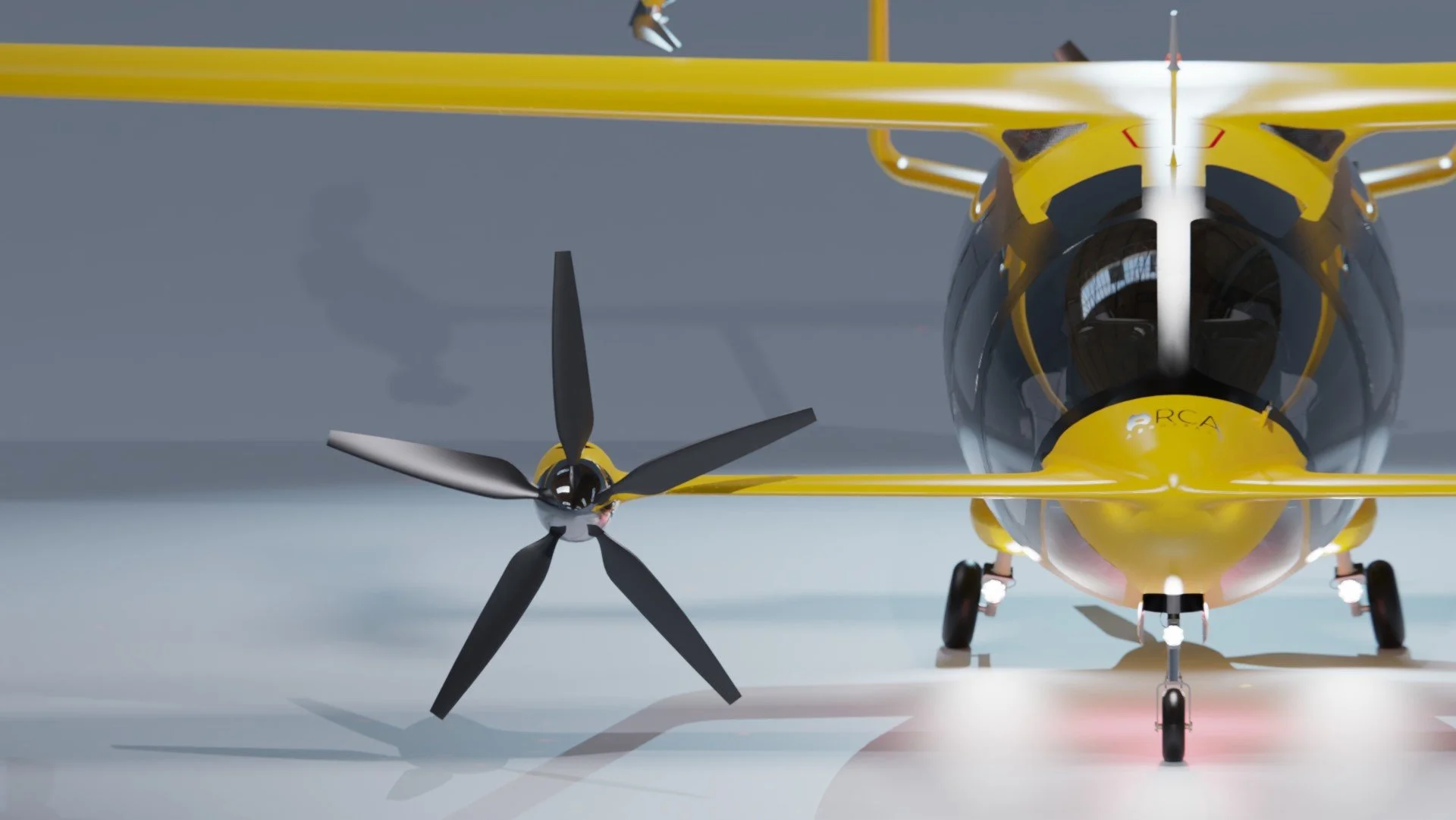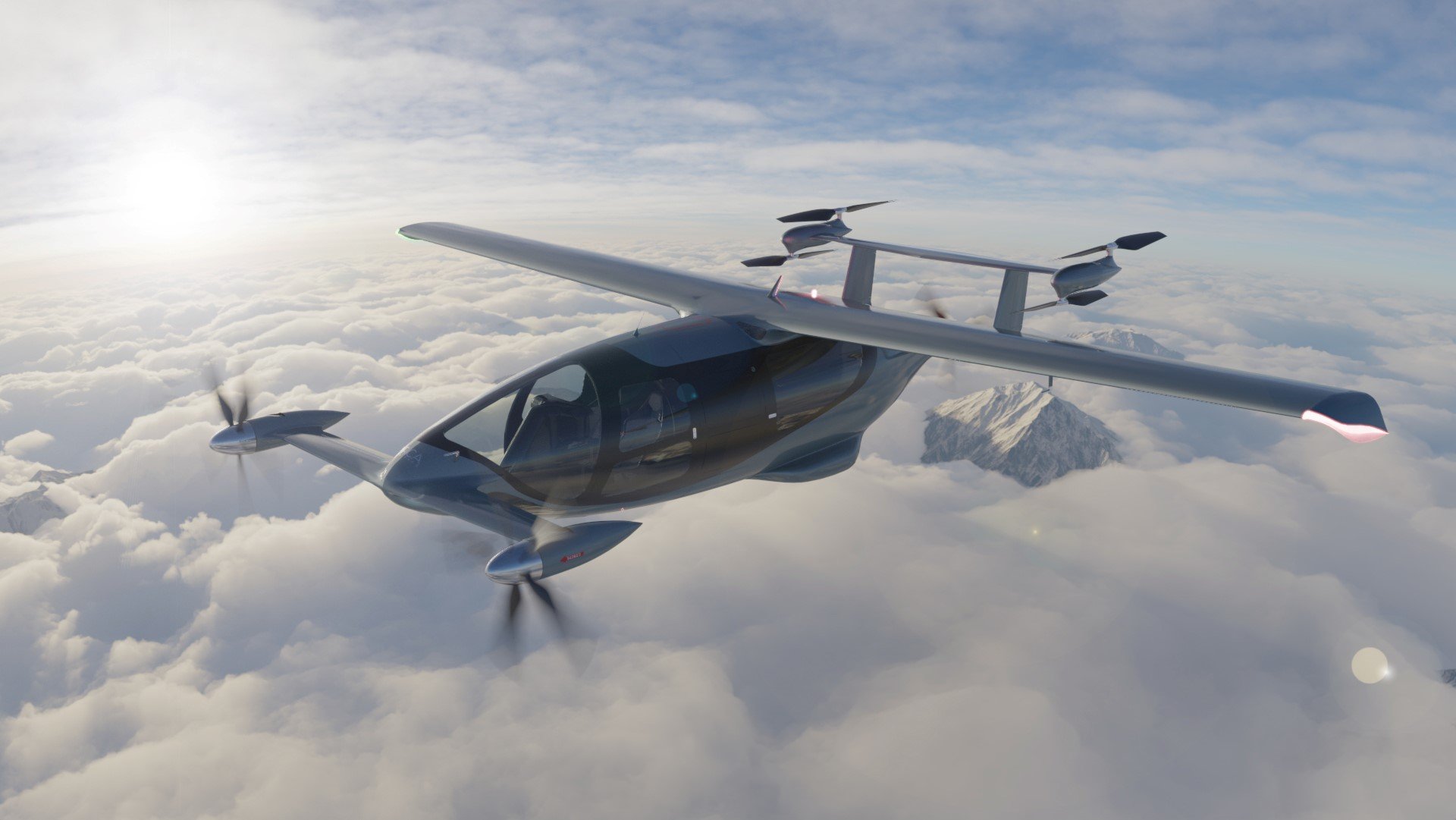Revolution.Aero Uplift: Killer instincts to save lives

exc-61a4dfe4f2f8dd6d6d89ae19
Underwater, orcas (AKA killer whales) are apex predators. But up in the sky? That’s a completely different proposition. One that Hungarian eVTOL start-up Orca Aerospace hopes to use to save lives.
Co-founder Zsolt Koltai tells Revolution.Aero: “Our eVTOL is especially tailored for emergency medical services [EMS]. Our mission is to save more lives with sustainable aviation technology, and at the same time, to make emergency medical operations a less cost-intensive business for both operators and patients.”
The selling point for Orca, according to Koltai and co-founder Soma Varga, is the lower development cost and high safety.
The Orca has a range of 125 miles (200kms) and it is capable of immediate vertical take-off over short distances. Koltai says it can travel an additional 30% using conventional short take-off and landing. The fuselage of the Orca looks like the whale and is designed to fit into the existing helicopter infrastructure.
“The patented shape is optimised for low drag and the highest cruise speed. It can accommodate a stretcher, a doctor, all the necessary medical equipment and up to two pilots,” adds Koltai. It also comes with an emergency parachute system and high glide system. And as Koltai says, “what looks good, flies good”.
According to German motoring association ADAC, overall response time of EMS missions increased by 40% over the past 20 years. Just one minute of delay increases the patient’s mortality rate by up to 2%. And missions done one minute faster translates to $1,500 saved in hospital bills per patient, leading to a $7bn reduction in US healthcare expenditure per year, says Koltai.
He says helicopter EMS operators are struggling with the unsustainable economic environment because it is too expensive to operate a gas turbine helicopter on low- and mid-range missions, considering the available flight hours a year.
The Orca aims to disrupt this model using two things. “Electric propulsion and continuous system monitoring play great roles in lowering the operational and maintenance cost. Through usage of electric propulsion and recycled composites in the interior, the Orca’s environmental footprint is kept as low as possible,” says Koltai.
Further down the line, the company also plans to partner with companies that develop solutions for augmented reality maintenance to further reduce costs.
The Hungarian Air Ambulance has signed on to be first customer, following Orca’s target of certification in 2026. A full-scale simulator is expected by 2024.
Until then, Orca is working on partnerships and funding. It has brought on partners from battery system developer Rodenstein Electric to the world’s largest composite manufacturer Toray Composites. As well as Royal Netherlands Aerospace Centre.
Helicopter lessor Lobo Leasing is also working with Orca to establish operations.
Co-founder Varga says Orca is also advised by a great board of experts including Christian Theuermann of Axis Flight Training, who has worked with Boeing and Airbus.
In terms of funding, Orca is looking for pre-seed funding of about $400,000 for its simulator, says Varga. However, for its Series A funding round, it is aiming for about $7.6m. Varga says: “We are still looking for pristine investment. The next step is a full-scale simulator. We want to have this done by mid-year next year.”
Orca could also have air taxi, cargo, firefighting, military and offshore applications.










